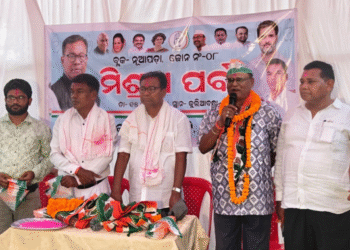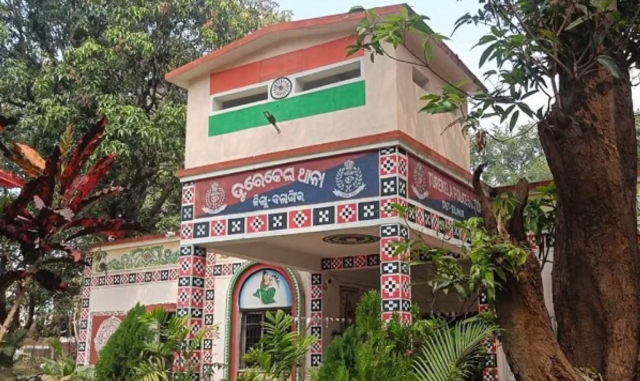The Odisha government, through its Rural Development Department, has embarked on an ambitious plan to enhance connectivity and foster comprehensive development in the Kotia group of villages, located in a disputed border region.
Under the Chief Minister’s Road Scheme-Kotia Development Agency, multiple road construction projects are underway to integrate these remote villages with key economic and administrative hubs, promising improved access to markets, services, and opportunities for residents.
Key projects include the construction of all-weather roads connecting Uparakanti to Deomali Hilltop and Kotia to Deomali via Katraguda. These initiatives aim to strengthen communication networks and facilitate easier access to the scenic Deomali region, a potential hub for tourism and trade. Additionally, a 7.68-km road from Doliamaba to Naringipadar is being developed to link Kotia with the Pottangi market, a vital commercial centre. This project, also under the Chief Minister’s Road Scheme, is targeted for completion by September 30, 2025, as per the department’s Action Taken Report submitted to the Revenue Department.
To further enhance connectivity, the government is working on a road linking Kotia to Kunduli in Pottangi, ensuring seamless access to the block headquarters. Proposals have also been submitted to widen two alternative roads connecting Naringipadar to the Kotia Gram Panchayat, offering additional routes for residents and bolstering regional connectivity.
Sarbeshwar Singh, Special Secretary of the Rural Development Department, detailed these efforts in a comprehensive report to the Additional Secretary of the Revenue and Disaster Management Department. The initiatives reflect the government’s commitment to addressing infrastructure challenges in the disputed Kotia region, fostering economic growth, and improving the quality of life for its residents.
By prioritising all-weather road infrastructure, the Odisha government is laying the foundation for sustainable development, ensuring that Kotia’s residents are no longer isolated from essential services and economic opportunities. These projects are poised to transform the region, making it a model for rural development in challenging terrains.





























